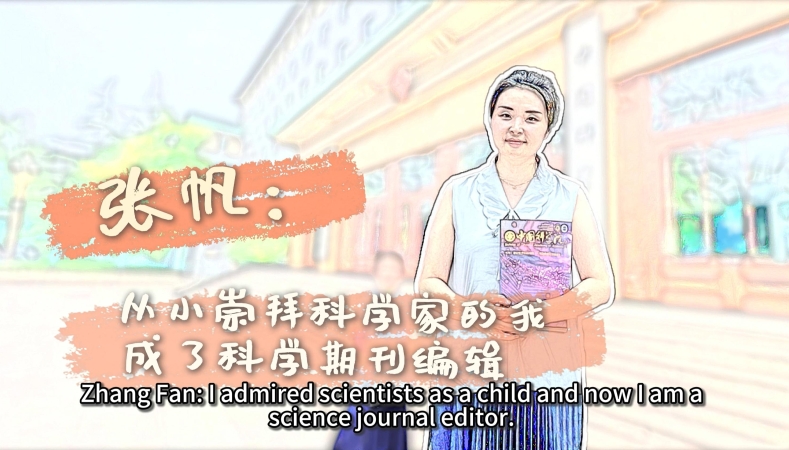Shen Kuo:A Great Ideologist in Ancient China

Shen Kuo. (PHOTO:VCG)
By Staff Reporters
As Joseph Needham notes in his Science and Civilization in China, ancient China was well ahead of the West in the development of several fields of knowledge about the physical world.
A notable polymath in ancient China was Shen Kuo (1031-1095), who made contributions in fields as diverse as mathematics, geography, economics, engineering, medicine and other fields.
Shen is primarily known for the explanations of natural phenomena found in his famous 11th-century book, Dream Pool Essays, which is regarded as a milestone in the history of Chinese science. The book details the outstanding contributions of working people in science and technology, as well as his own research accomplishments. At the same time, it reflects ancient China's brilliant achievements in natural science, particularly during the Northern Song Dynasty.
In these pages, he presents his theories on a variety of topics, including the working mechanism of the compass. When the point of a needle is rubbed with the lodestone, then the sharp end always points south, but some needles point to the north.
In another section, Shen argues against the theory that tides are caused by the rising and setting of the sun raised by Lu Zhao and demonstrates that they correlate instead with the cycles of the moon.
Aside from the topics mentioned, Shen was way ahead of his time in many fields. Apart from inventing the concept of true north, he hypothesized that land was formed by mountain erosion and silt deposition after discovering fossils in a mountain range in northwest China.
In addition, he developed techniques that laid the foundations for spherical trigonometry. He introduced the arithmetic progression of a higher order and explained the rainbow as a phenomenon of atmospheric refraction. He was also one of the first people to record the phenomenon of unidentified flying objects.
Shen wrote this encyclopedic work after retiring from government service, naming it after his private estate near modern Zhenjiang, Jiangsu province. With its global influence, the masterpiece has been translated from Chinese into English, German, French, and Japanese.


